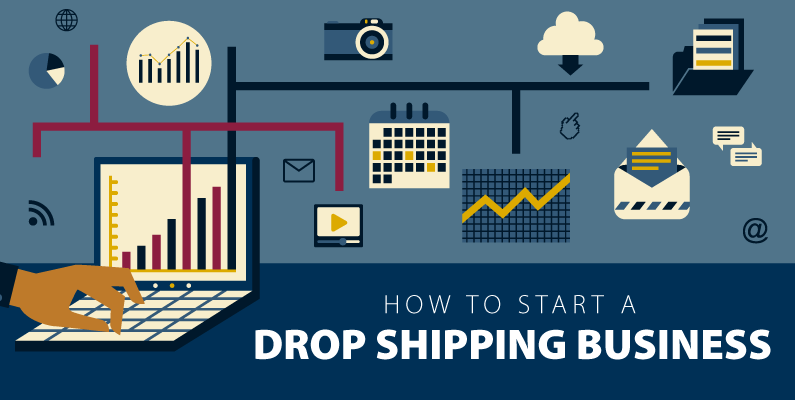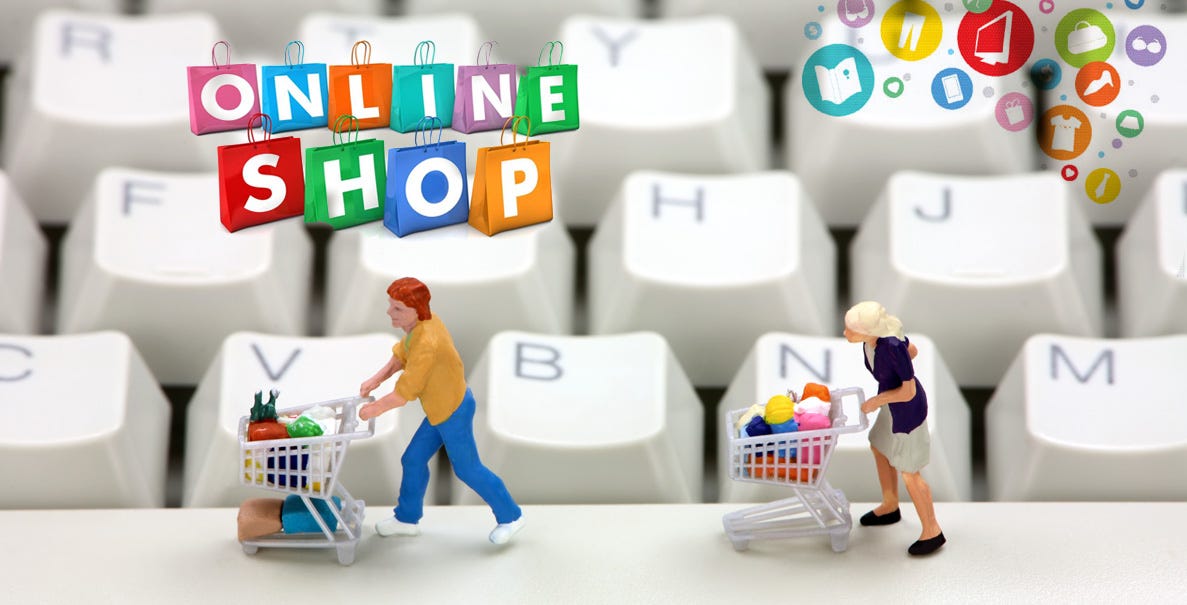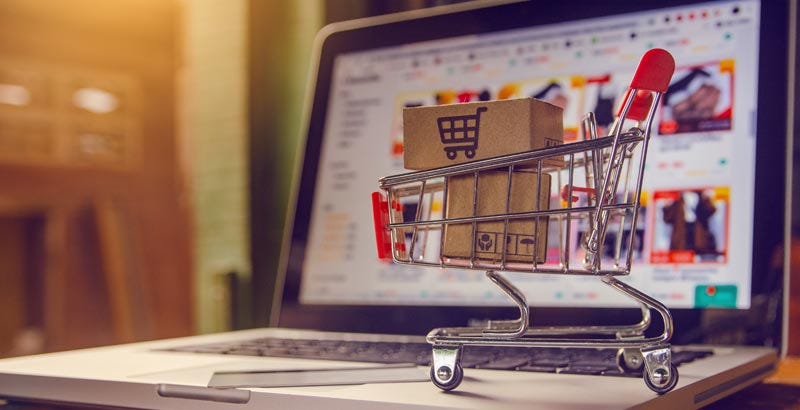
Step 1: Create a Business Idea
The most profitable businesses are built around an idea that serves as the foundation for your brand, content, and product line. It may develop from a passion of yours or may only be based on sales patterns you discover via product study and trial and error. As a dropshipping vendor, you may generate ideas, test out various ideas, and hone your company as you go.
You may move forward with only a vague idea of your brand and company. The ability to make modifications at any point is one of the main benefits of the dropshipping business model as you aren’t restricted by pricey inventory.
Focusing on specialized items will help your marketing efforts be more successful, your website rank well in topic-specific search results, and improve eventual purchase intent. Keep this in mind when you investigate products and dropshipping company ideas. Additionally, consider the problems that your customers will be solved by your business concept and associated offers.
By making real connections between your consumer base and your offers, this strategy can help you gain an advantage in the cutthroat world of online commerce.
Product Analysis
If you want to know what’s selling, you need perform some product research, regardless of whether you’re targeting a specific niche or casting a wide net. To get your business noticed, look for items and categories that are hot right now.
Uncertain about where to begin? Here are some measures you may use to gauge a product’s potential, along with useful tools and resources to assist you get the information you require: Keyword Search Volume Sales Volume Trend Data and Competitor Analysis.
Step 2: Supplier Products
By collaborating with the wholesalers and manufacturers that provide your items, your dropshipping business will be able to better serve its clients.
Finding suppliers is one of the more time-consuming phases in launching a dropshipping business, regardless of how you do it. You should think about the overall viability of each product and partner provider to ensure that your efforts result in financial success.
As you evaluate possible items and providers, take into account the following:
Popularity of Item: On the majority of dropshipping marketplaces, it is simple to acquire information about an item’s prior sales volume. Even though you could be able to promote less well-liked goods, top sellers are often safer time expenditures.
- Profitability: Consider each item’s wholesale cost and suggested pricing for possible profitability. Your credit card processing fees and delivery charges will consistently eat into your earnings. Remember that you may raise an item’s markup to boost sales and profit or lower it to draw in more customers.
- Product Quality: One of the main problems with dropshipping is how difficult it is to evaluate the caliber of your products. To acquire firsthand experience, you can get a sample for yourself, but doing so for all of the products in a store might take too much time. When determining the quality of an item, the majority of dropshipping merchants depend on sales data and supplier ratings on the marketplace.
- Location: A supplier’s location will affect shipping costs and delivery times, which are crucial considerations in the customer’s purchase decision. Try to deal with dropshipping sellers who offer ePacket shipping for quick, trackable delivery as many of them are situated in China.
- Supplier Reliability: It’s challenging to predict a supplier’s reliability before working with them. However, the majority of dropship marketplaces have strong vendor policies and won’t continue to work with a seller that consistently has service and quality issues. Additionally, supplier evaluations are frequently reliable sources of information.
- Return Policy: The majority of dropshipping marketplaces try to minimize returns and resolve the majority of issues through no-return reimbursements. You should review the return policy and procedure for each platform (or direct seller) you use because each marketplace runs differently.
Direct suppliers or dropshipping marketplaces are the two primary sources of dropshipped merchandise. It’s time to launch your website after you are comfortable with your sourcing possibilities.
Step 3: Create Your Online Shop

You require an easily navigable, user-friendly, and traffic-generating ecommerce website to launch your dropshipping business. You must establish standard features for your online store, prepare the layout of your website, and select a reputable e-commerce platform for this phase (like product listings and return policies).
Prepare Your Store
Is your company plan more content- or product-focused? This distinction is crucial since certain ecommerce systems work better for websites with plenty of content while others are geared toward companies that sell specific products. Additionally, this model will support your marketing plan, which we’ll cover later.
An outline of these two models is given below: Product Attention and Subject Matter.
The next step after having a broad idea for your site is to find the best tool to construct it with.
Pick an Online Store Platform
You require an ecommerce platform to quickly develop a website with shopping cart and payment processing functionalities.
Dropshipped products can be listed on Amazon and other major online stores like Walmart and eBay, but exercise caution. These online markets include high seller fees, rigid shipment deadlines, and stringent customer service standards.
Although many dropshipping merchants succeed on these platforms, they are in no way startup-friendly. On your own website, familiarize yourself with your suppliers and the procedure before expanding to seller markets.
The model of your shop and your strategy for finding suppliers will determine the ideal platform for your dropshipping business.
We advise Shopify for the majority of product-focused dropshipping websites. With options for choosing a domain name, creating a logo, and creating a user-friendly layout, it makes starting an online business simple.
DSers, Doba, Modalyst, Sprocket, and several more plug-and-play dropshipping marketplaces are all integrated with Shopify. You may automate order routing using the platform so that orders made by your customers are immediately routed to the appropriate provider.
Building a functional website is easy after you’ve created an account with your preferred ecommerce platform. The specifics are covered in the section that follows.
Build Your Site
Laying the foundation, which includes configuring payment processing, establishing a domain, and designing a layout, is the first step in creating an e-commerce website.
Various tools online may assist you in organizing every facet of your shop, from including your delivery plan to cataloguing your items. However, with a dropshipping business, several important elements could not apply the same way. Your website should concentrate on the following areas: Customer service, return policies, and listing items are all covered.
It’s time to start working on the operational aspect of your ecommerce business after you’ve established an online store.
Step 4: Set Up Your Business & Finances
You must take care of the following legal and financial aspects of your business before you can start it: banking, business structure, business licenses, and sales tax.
Plan to separate your personal and corporate funds as soon as possible. Casual or part-time business owners sometimes skip this stage, which can result in a variety of issues.
Make sure you open a bank account for your business. After that, add all income to it and subtract all costs. Without specialized banking, managing your finances will be challenging, business responsibilities may be personally absorbed, and you run the risk of getting into trouble with the IRS in the event of an audit.
It’s a smart idea to get a company credit card as well. In addition to further separating your funds, doing this will allow you to earn significant incentives for all of the vendors’ goods.
A $500 incentive is also available from Bank of America if you create a new small business banking checking account and credit card to aid with beginning costs. View the available account choices here.
Step 5: Drive Sales Through Marketing
Once your website is operational, you must promote it to get visitors.
Each of the following marketing strategies is suitable for startups and has a high potential for increasing sales: Social media, influencer marketing, email marketing, paid search ads, SEO, content marketing, and involvement in the community.
Step 6: Run Your Dropshipping Store

The key responsibilities of running a dropshipping business are managing orders, providing customer service, and doing some basic bookkeeping. As your company grows, another duty will be to use analytics to improve your offers and discover new ways to spur expansion (and make more money).
A dropshipping business owner’s responsibilities include managing orders, providing customer service, keeping track of finances, and analyzing and refining products.
Order administration and fulfillment on dropshipping marketplaces is a hands-off operation, but you’ll still need to keep an eye on it. The dashboard of your e-commerce platform will show new, processing, and dispatched sales; if any orders remain unshipped for an extended period of time, follow up with a supplier query.
Scaling your business requires fostering connections with your suppliers. For better profits as your company expands, you might wish to stop using dropshipping marketplaces and start sourcing your items directly. Maintain professional relations with your suppliers and do business as usual. Even while the initial time commitment may be significant, the success of your store depends on careful planning, website development, promotion, and maintenance.
The easiest way to launch a dropshipping business is with Shopify and DSers, which combine to make the process straightforward from beginning to end.
To learn more, Click HERE to Purchase…



No comments:
Post a Comment